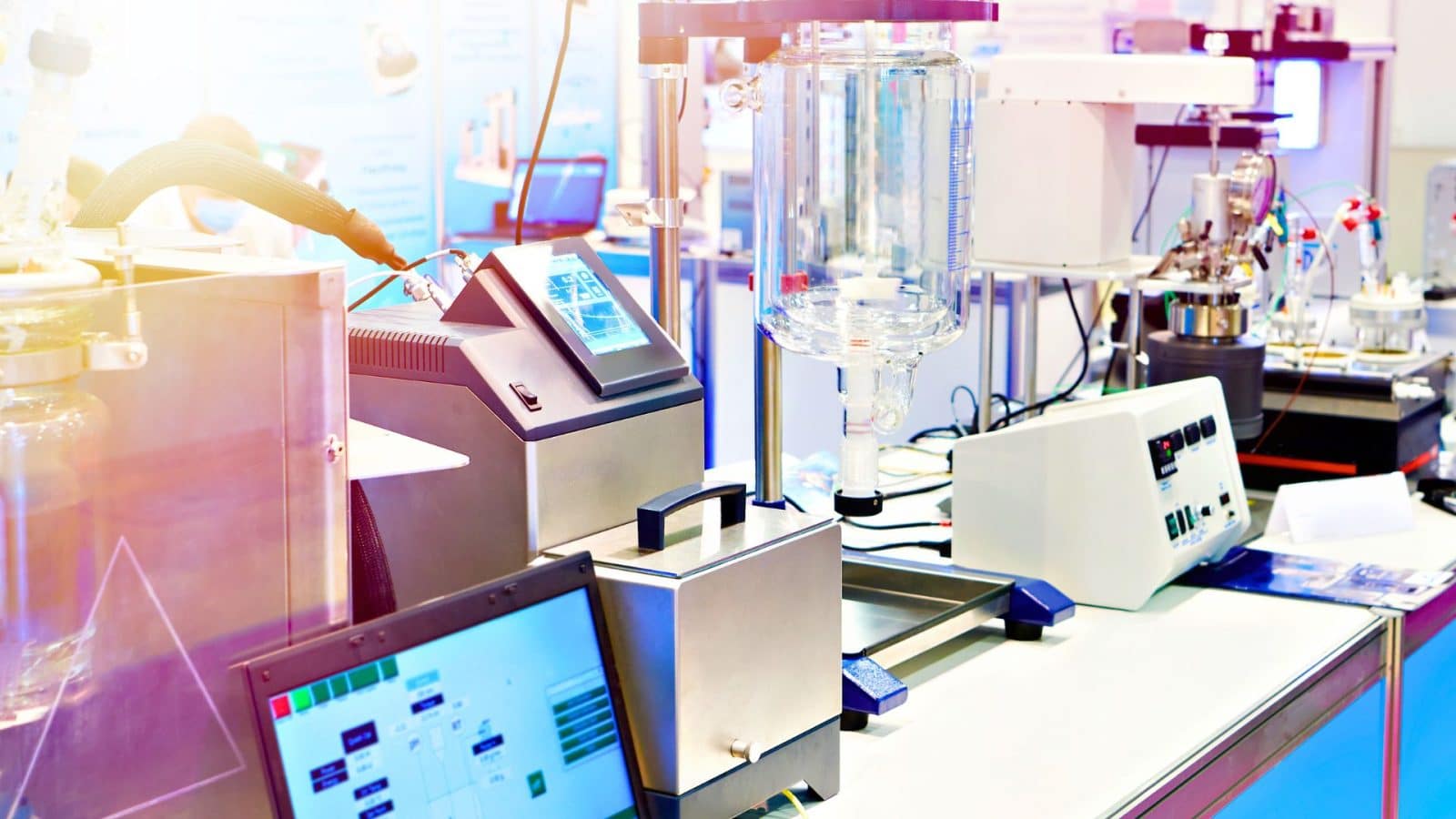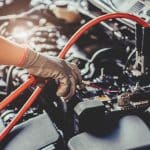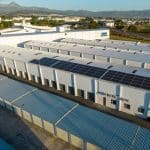Upgrading lab equipment might not always be at the top of your mind, but clinging to outdated tools can hold your work back. Modern alternatives offer precision, efficiency, and compliance with current standards, which are critical in today’s fast-paced research and innovation environments. Understanding when it’s time to upgrade is key to staying ahead. Here’s when to upgrade your lab equipment to modern alternatives.
Frequent Breakdowns and Repairs
If your equipment is constantly breaking down or requiring frequent repairs, it’s a clear sign that it has reached the end of its reliable lifespan. More downtime means delays in your work and higher repair bills over time. Rather than repeatedly fixing old tools, consider investing in modern lab equipment built for durability and efficiency. It’s a cost-saving move and a step towards smoother operations.
Difficulty Finding Replacement Parts
Older equipment can have a hidden challenge: aging components that manufacturers no longer make. Spending weeks hunting down hard-to-find parts is frustrating and disrupts your workflow. If sourcing replacement parts for your equipment has become an ordeal, it’s worth upgrading to modern tools that come with easily available parts and technical support. Accessibility matters whether it’s pipettes or finding the right micromanipulator for your lab.
Inaccurate or Inconsistent Results
Accurate data is the foundation of scientific research. If your equipment is producing inconsistent or unreliable results, it’s a red flag. Older equipment tends to lose calibration and may no longer meet the quality requirements of your projects. New alternatives bring updated technology and precision, allowing you to maintain the level of accuracy that your experiments demand.
Increased Operational Costs
Paying more for energy-hungry equipment, repair bills, or frequent service calls? Old lab equipment not only costs you in repairs but can also drain resources with higher operational costs. Modern tools are often more energy-efficient and streamlined, helping you cut costs and focus resources where they matter.
Difficulty Meeting Current Standards
Regulations and compliance standards evolve. Working with equipment that doesn’t meet today’s requirements could expose your lab to risks or limit its potential. Modern equipment will comply with updated guidelines, helping your lab keep pace with current expectations while maintaining credibility in your field.
Limited Capabilities
If your equipment cannot perform tasks required for modern research, it’s time for an upgrade. Whether it’s limited functionality, slower performance, or an inability to integrate seamlessly with software, outdated tools hold your team back. Replacing older models with state-of-the-art equipment enhances your lab’s capabilities and opens the door to more advanced research methods.
Recognizing the signs that your lab equipment needs upgrading is vital for maintaining productivity, accuracy, and efficiency. By opting for modern tools, you’ll reduce interruption and costs and unlock new possibilities for research and innovation. Review your tools, assess their impact on your workflows, and take a proactive step toward modernization.
Recommended Reading: Ways To Make Your Laboratory More Green















